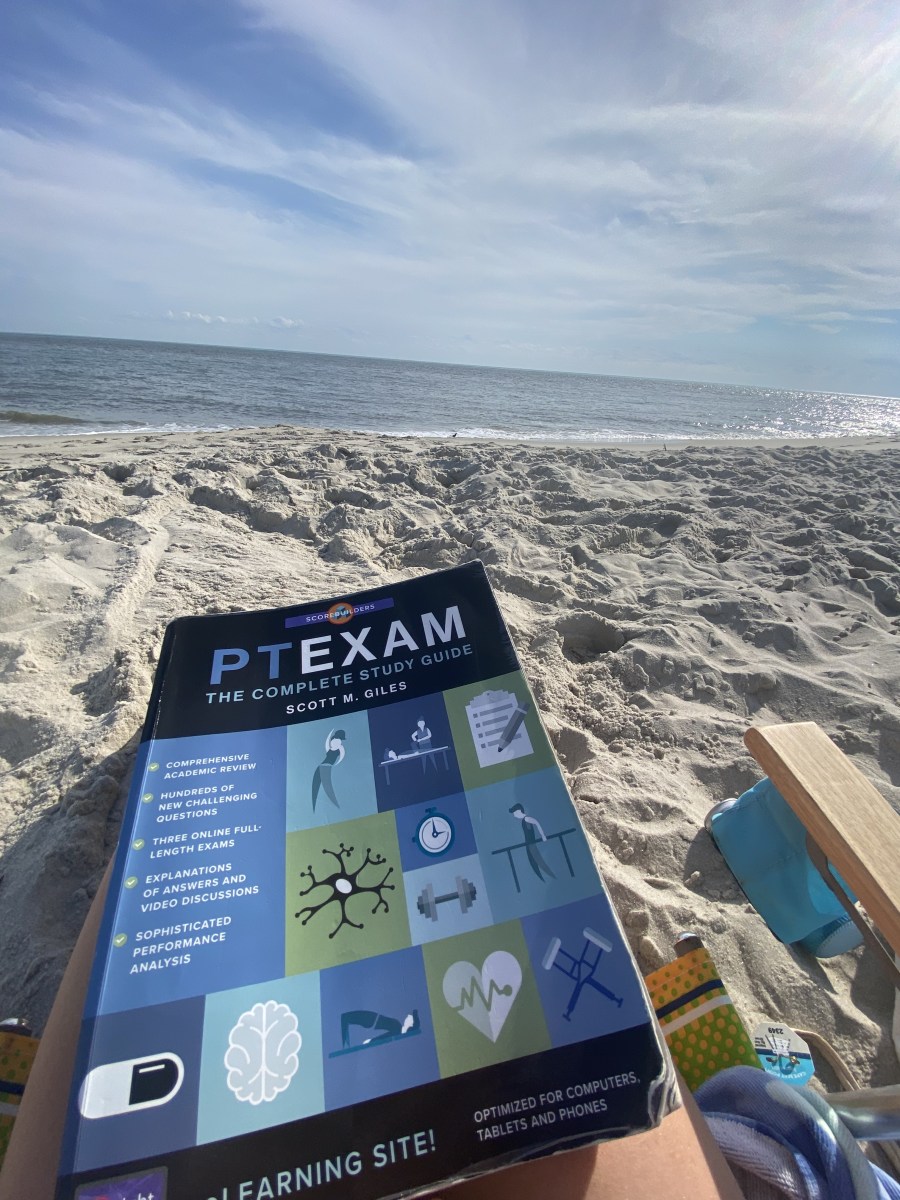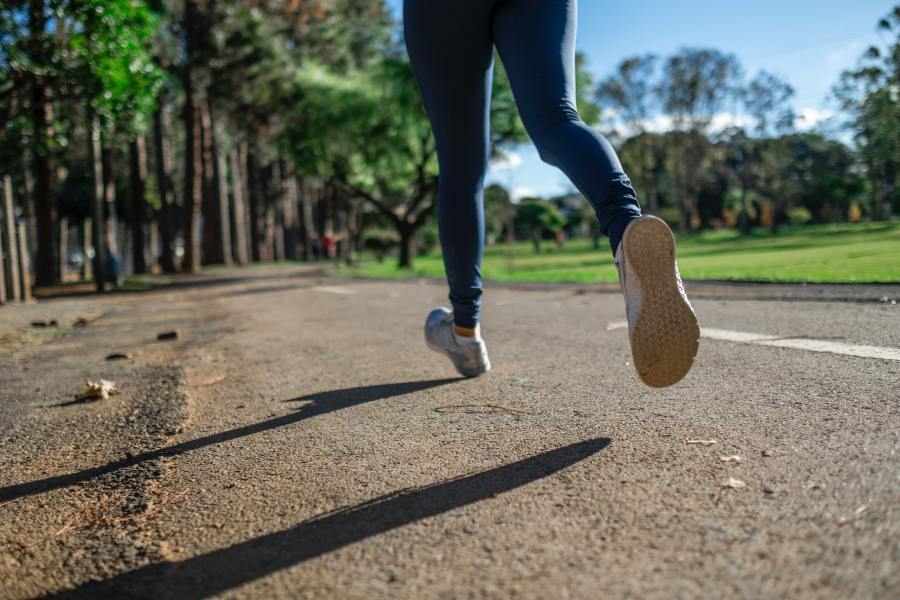Right after/the night after
- Don’t stop moving: Across the finish line, it’s important to keep moving. Sitting on the couch for the rest of the night will only create more stiffness. Make an effort to walk around and take breaks from sitting and resting to keep your blood circulating and reduce future muscle soreness.
- Refuel and rehydrate: Refuel with water, nutrients, and electrolytes throughout the rest of the day (and the week after). Focus on replenishing carbs, protein, and electrolytes your body used for fuel during the race. Research shows perceptions of fatigue and soreness 72 hours post-marathon were reduced with protein intake immediately after a marathon.
- Avoid excessive alcohol: Yes, you want to celebrate with your friends, but alcohol is dehydrating and can slow recovery, so go easy.
- Get a good night’s sleep: Muscle repair and recovery happens most when we sleep, so prioritize getting 7-8 hours.
| Helpful | Hurtful |
| -Electrolyte, carb and protein consumption – Compression socks or boots – Epsom salt bath – Hot bath – Ice bath – Legs up on the wall – Mobility routine | – Sitting down and not moving for the rest of the day – Aggressive stretching or foam rollingGoing for a run to “flush out the legs” – Ignoring nutrition and/or rehydration – Drinking sugary sports drinks and excessive alcoholIgnoring pain signals |
<1-2 weeks after
- Protect your immune system: A marathon puts a lot of stress on your immune system, leaving you susceptible to infection or illness for up to 72 hours post-race (called the ‘open window’ theory). Staying hydrated, warm, and prioritizing recovery can help you avoid getting sick.
- Wear supportive footwear: Your feet go through a lot on race day, so wearing supportive footwear in the days and weeks immediately after the race can help reduce additional impact.
- Continue practicing good nutrition and hydration.
- Continue practicing good sleep hygiene.
- Return to gentle foam rolling: Return to soft-tissue work as tolerated.
- Engage in low-impact cross training activities: Think walking, cycling, and swimming. These types of movement can help improve blood circulation, reduce post-marathon stiffness, and re-introduce movement back to your body.
- Avoid returning to training too soon: Respect the effects of the race on your body. It can take your body over three weeks to fully recover from an all-out marathon, and up to two weeks to recover from a half marathon. Research shows that inflammation from a marathon can last up to two weeks, and biomarkers that indicate muscle damage and inflammation stay elevated for up to nine days post-marathon, so it’s important to give your body the rest it deserves. We advise taking AT LEAST 3-5 days completely off, and running at a reduced volume and intensity for at least two weeks.
- Gradually return to strength training after 7-10 days with lower reps and lower volume. See #7.
- Listen to your body: Every one recovers differently. Just because you see your running buddies returning to running doesn’t mean you are ready to run, so take stock of how tired you feel, your resting and working heart rate, and other helpful information (number of hours of sleep, Garmin recovery scores, etc).
- Seek help if needed from a physical therapist or another movement professional.
| Helpful | Hurtful |
| – Gentle foam rolling and mobility – Low-impact cross training (walking, cycling, swimming, yoga) -Listening to your body | – Returning to training too soon – Ignoring pain signals |
| Talk to a physical therapist if… |
| – You’re limping (while walking, running, or both) – You’re having trouble performing daily activities – It hurts to put weight on one limb – You’re still experiencing nagging pains 10+ days out from the marathon – Your pain levels are >5-6 out of 10 on a 0-10 scale 10-14 days out from the marathon – You completed your goal race (congrats!), are looking to train for your next race, but are looking for guidance and body maintenance along the way – You’re interested in performance training to take your training to the next level |



